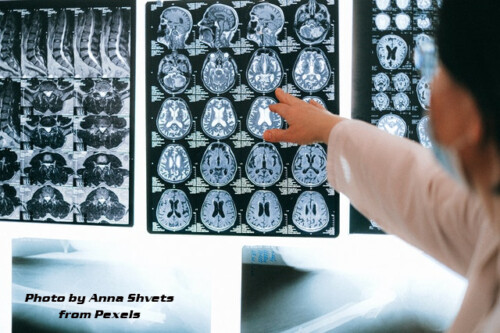May is Stroke Awareness Month
By Editorial Team
National Stroke Awareness Month is observed in the United States during the month of May to raise awareness about stroke, its risk factors, and its impact on individuals and society. This annual observance aims to educate the public about the importance of early detection and prompt treatment to prevent disability, reduce mortality, and improve the quality of life for stroke survivors and their families.
A stroke is a medical emergency that occurs when blood flow to the brain is interrupted, either by a blood clot (ischemic stroke) or a ruptured blood vessel (hemorrhagic stroke). The lack of oxygen and nutrients to the brain cells can cause damage or death to the affected area, leading to neurological deficits such as paralysis, speech impairment, and cognitive impairment.
Stroke is the fifth leading cause of death in the United States, and it is a leading cause of long-term disability. According to the Centers for Disease Control and Prevention (CDC), someone in the United States has a stroke every 40 seconds, and someone dies from a stroke every four minutes. The risk of stroke increases with age, and it is higher in people with certain risk factors, such as high blood pressure, diabetes, smoking, obesity, and a family history of stroke.
If you or a loved one experiences any of the signs and symptoms of stroke, it is crucial to seek medical attention immediately. The acronym FAST can help you remember the warning signs of stroke:
- Face drooping: Ask the person to smile. Does one side of the face droop or is it numb?
- Arm weakness: Ask the person to raise both arms. Does one arm drift downward?
- Speech difficulty: Ask the person to repeat a simple phrase. Is their speech slurred or strange?
- Time to call 911: If the person shows any of these symptoms, even if the symptoms go away, call 911 immediately.
Other symptoms of stroke may include sudden numbness or weakness of the face, arm, or leg, especially on one side of the body; sudden confusion or trouble understanding speech; sudden trouble seeing in one or both eyes; sudden dizziness, loss of balance, or coordination; and sudden severe headache with no known cause.
Getting help quickly is essential to reduce the damage caused by stroke and improve the chances of recovery. Treatment for stroke may include medication to dissolve blood clots, surgery to repair damaged blood vessels, or rehabilitation to regain lost skills and functions. Stroke survivors may need ongoing medical care, physical therapy, speech therapy, and emotional support to cope with the long-term effects of stroke.
During National Stroke Awareness Month, organizations, healthcare providers, and individuals can promote stroke awareness by sharing information about stroke prevention, recognition, and treatment. You can also participate in local events, fundraisers, or volunteer opportunities to support stroke research, advocacy, and education. By working together, we can help reduce the burden of stroke on individuals, families, and communities.

